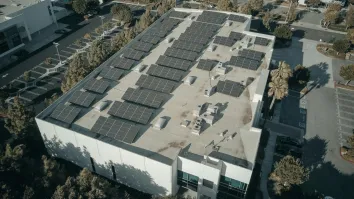
Global power consumption to grow 4% annually
Thanks to power-hungry sectors.
The global electricity demand is set to climb nearly 4% annually through 2027 as power use increases in various sectors, according to the International Energy Agency (IEA).
According to IEA’s Electricity 2025 analysis, this growth will be the equivalent of adding an amount greater than Japan’s annual electricity consumption every year between now and 2027.
The surge is primarily driven by the growing use of electricity for industrial production, air conditioning, and electrification, amongst others. Most of the additional demand will also come from emerging and developing economies, which account for 85% of the demand growth.
In China alone, electricity consumption rose by 7% in 2024 and is expected to grow by an average of around 6% through 2027.
“The demand growth in China has been fuelled in part by the industrial sector, where alongside the traditional energy-intensive sectors, the rapidly expanding electricity-intensive manufacturing of solar panels, batteries, electric vehicles and associated materials played a significant role,” IEA said.
IEA Director of Energy Markets and Security Keisuke Sadamori said consumption is also expected to increase in advanced economies after a period of relative stagnation. This will require policy makers to pay close attention to these shifting dynamics.
The report forecasts that growth in low-emissions sources – primarily renewables and nuclear – is sufficient, in aggregate, to cover all the growth in demand over the next three years.
Solar is forecast to meet roughly half of global electricity demand growth through 2027, with Asian countries such as China, and India expected to see its share of annual electricity generation reach 10% between now and 2027.
Nuclear power is also making a strong comeback, with its electricity generation expected to reach new highs every year from 2025 onward over the forecast period.

















 Advertise
Advertise







